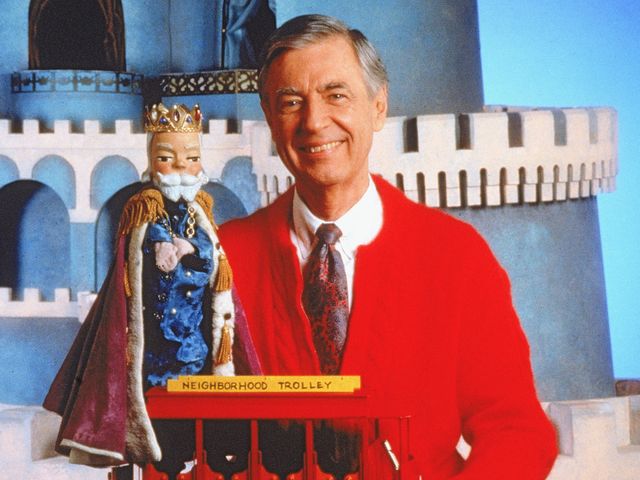A Beautiful Day in the Neighborhood
November 22, 2019
Most people do believe in giving second chances. Mr. Rogers, however, gave audiences 912 chances to realize that there could, in fact, be a beautiful day in everyone’s neighborhood.
But, for those born after the new millennia, chances are they did not grow up learning his lessons of compassion, comfort, and kindness shared between 1968-2001—and even right up until his death in 2003. Fortunately, Tom Hanks will be breathing new life into his message as he takes on the role of Fred Rogers in the movie that hits theaters today: A Beautiful Day in the Neighborhood.
The movie will be focus on the real-life friendship between Rogers and his journalist friend Tom Junod, played under the name of Lloyd Vogel by Matthew Rhys.
The movie centers on Vogel reluctantly traveling to Pittsburgh—where Mister Roger’s Neighborhood was filmed—to write a feature profile Rogers. In the process, the jaded journalist learns of grace and forgiveness from this former Presbyterian minister.
However, the lessons gleaned from Rogers vary as much as the individuals themselves. “My parents told me that’s how I learned English,” recalls Mrs. Maribel Maxson, secretary in Student Reception.
“My daughter watched it, too,” adds fellow receptionist Mrs. Amanda Wirt. “I watched it when she watched it,” she admits. Science teacher Eric Jantzen also watched it with his children—just as he had done as a child himself. “I just remember watching it as a little kid when I got home from school,” he begins. “That was one of the things we were allowed to watch.” And, the lessons learned there have carried on into his teaching career. “When he talked to the kids,” Jantzen states, “he didn’t talk down to them; he wanted to hear about their actual ideas and learn from the kids as much as they learn from him.”
So, is this what made him so popular with so many for so long? English teacher Mr. Kris Gravender thinks so, boiling down Rogers’ central message to this: “It is possible to be different and still get along.” Reflecting back, Gravender adds, “He was comfortable. He was someone you could always trust.”
Assistant Principal Matt Werbiansky couldn’t agree more. “What I would love kids today to take, or immolate, or remember about Mr. Rogers’ Neighborhood was the positivity of it—how it’s always better to treat people in a positive way and to try to be friendly and to try to be helpful to people as opposed to criticizing or condemning.”
Even if it were for just that hour, Rogers transported adults and children alike into his magical world. “I loved the Land of Make-Believe and going and seeing them at the castle,” states Assistant Principal Mrs. JeNeva Adams. Jumping in, Werbiansky finishes off her thought: “…when they would take the train to that magical land and the king was there and they talked to the puppets.” As though drifting back in time, Assistant Principal David Bird chimes in. “Daniel Tiger was my favorite. He taught kids good coping skills.” Pausing for a moment, he adds, “One time, there was an episode where someone died, so [Rogers] taught how kids could grieve, which I thought was very interesting.”
Adams, too, remembers a particular espisode (but for different reasons). “Before they would say ‘Don’t try this at home,’ [King Friday] was counting, and he was riding his bike with his eyes closed. I got on my bike and I started counting going to go to the neighbor’s house—but I hit the tree and got a big ole knot on my forehead!” Laughing at herself, she adds, “I still have the dent on my forehead from that!”
Rogers would agree that it is a hard-knock life. But, as he slipped off his work shoes and blazer, and slipped into his cardigan and tennis shoes, he softened the blows that the world offers. The movie itself—and the lessons it teaches—are worth sharing with a new generation.








